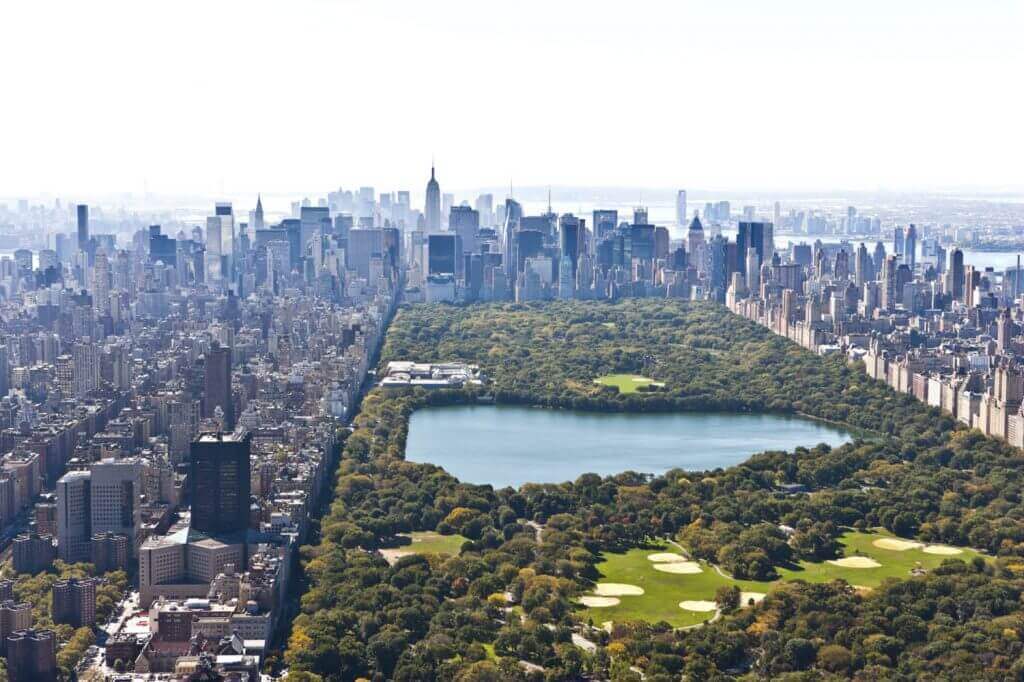
Operating a hotel in New York City has never been more expensive, thanks to higher labor costs, ballooning property taxes, and hotels’ growing reliance on online travel agencies to boost occupancy.
Cloudy revenue per available room (RevPAR) forecasts, in the face of what promises to be an economic recession in the U.S., also have hotel operators and developers wary of when the city’s hospitality market will rebound from what has been a turbulent year for the industry.
New York City may have bucked recent RevPAR trends in 2018, outpacing the overall U.S. hotel market in the important industry metric (3.5 percent growth compared to 2.9 percent for the U.S.) but this year has been more of the status quo.
New York City room revenue through the first half of 2019 fell 3.8 percent and is projected to finish down around 2.1 percent for the year, the worst output by the hotel sector since 2015, according to recent data provided by industry research firm STR. RevPAR for all U.S. hotels is expected to grow 1.6 percent over the same period.
Analysts chalk up disappointing New York City RevPAR predictions to a classic supply-and-demand problem, which was not prevalent in 2018. In other words, far more hotel rooms are opening across the city than are being filled.
“We’ve seen for a while that supply growth has been healthy, but the lack of demand we’re seeing this year will hurt occupancy and then RevPAR,” said Jan Freitag, senior vice president at STR.
Slowed demand from travelers can be credited to the U.S.’ ongoing trade war with China and anti-immigration rhetoric from the White House, he added. An average daily rate of $237 so far in 2019, compared to nationwide averages in the $80 to $90 range, could also be pricing some travelers out, forcing them to find alternative accommodations.
These trends come as New York City is set to draw a record 67 million visitors this year. Yet The Big Apple is the only top 25 urban market in the U.S. projected to post negative RevPAR numbers next year as well.
“The RevPAR trend is clearly worrisome,” said Fred Grapstein, executive vice president of Vornado Hotels, which runs two legacy hotels in New York City, the Crowne Plaza Times Square and Hotel Pennsylvania in Midtown. “It requires every year more and more creative ways to try to skinny down expenses or raise ancillary fees to offset costs.”
Those expenses include labor, which normally grows by 3 percent on an annual basis, third-party commission fees of up to 20 percent for online travel agencies for booking rooms, and property taxes that continue to go up despite negative RevPAR outputs, he added.
But the largest impact on New York City’s RevPAR results is the number of illegal rooms posted on short-term rental sites, such as Airbnb and HomeAway, which eat away at occupancy rates, operators said.
Gone are the guarantees of compression days — defined as nights when occupancy is above 95 percent, such as during the New York City Marathon — which local hotels rely on to offset slower travel periods of the year.
“Here you can raise the rates to make money lost on very low compression days, but they do not exist anymore because of international familiarity with short-term rentals,” Grapstein said.



